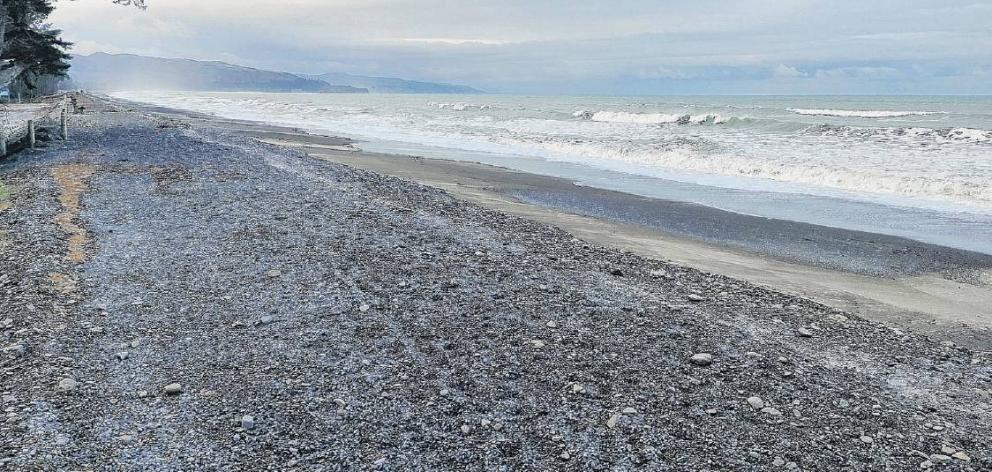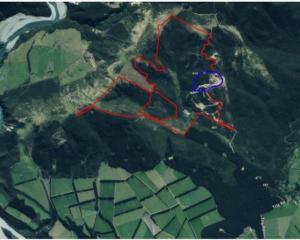
The initiative to buy the Ashworths Road property to the south of Amberley for future relocation of beach residents, is believed to be the first of its kind in the country.
Hurunui Mayor Marie Black says buying the property gives people options and allows them to prepare for future events.
‘‘This land purchase is about putting people first, providing security in mitigating against the effects of coastal hazards, while leading the way in proactive coastal relocation.’’
Council chief executive Hamish Dobbie says it is ‘‘a uniquely Hurunui solution’’ and he is unaware of other councils buying land for relocation.
He says it made good fiscal sense to take advantage of a block of land coming on to the market and ‘‘land banking at today’s prices’’.
‘‘When natural hazards trigger action, it is central and local government that pick up the costs and they are generally big numbers.
‘‘After the earthquakes and after the storm in Hawke’s Bay, people were forced to relocate and you can see that it triggers a lot of trauma and financial uncertainty.
‘‘But this gives people a pathway.’’
The property is on a terrace elevated over 20 metres above sea level and has the potential to be developed to accommodate residential housing in the future.
The council has been working with its beach communities to develop coastal adaptation plans, with one of the options being proactive relocation.
The Amberley Beach village in particular is under threat from sea level rise, he says. The council recently worked with residents to build a new coastal bund — a type of embankment to offer protection against the sea.
It was loan funded at the request of ratepayers in the village, who are paying it off via a targeted rate.
The $3.8m property purchase has been debt funded.
The council will look to recover costs through a mixed model approach, including the future development of the land, the sale of surplus land and leasing out the land to recover some costs.
Affected communities could secure sections by paying a targeted rate over the next 30 years or buying sections.
‘‘This is designed to be self-funded, so it doesn’t become a burden on ratepayers,’’ Mr Dobbie said.
When residents join the initiative their plot of land would be attached to their existing property, so the two properties cannot be sold separately.
When the time comes, residents could transport their house to the new section, or build onsite.
The council will also be able to relocate its infrastructure or assets, if required.
By David Hill, local democracy reporter, and Robyn Bristow
LDR is local body journalism cofunded by RNZ and NZ On Air.














